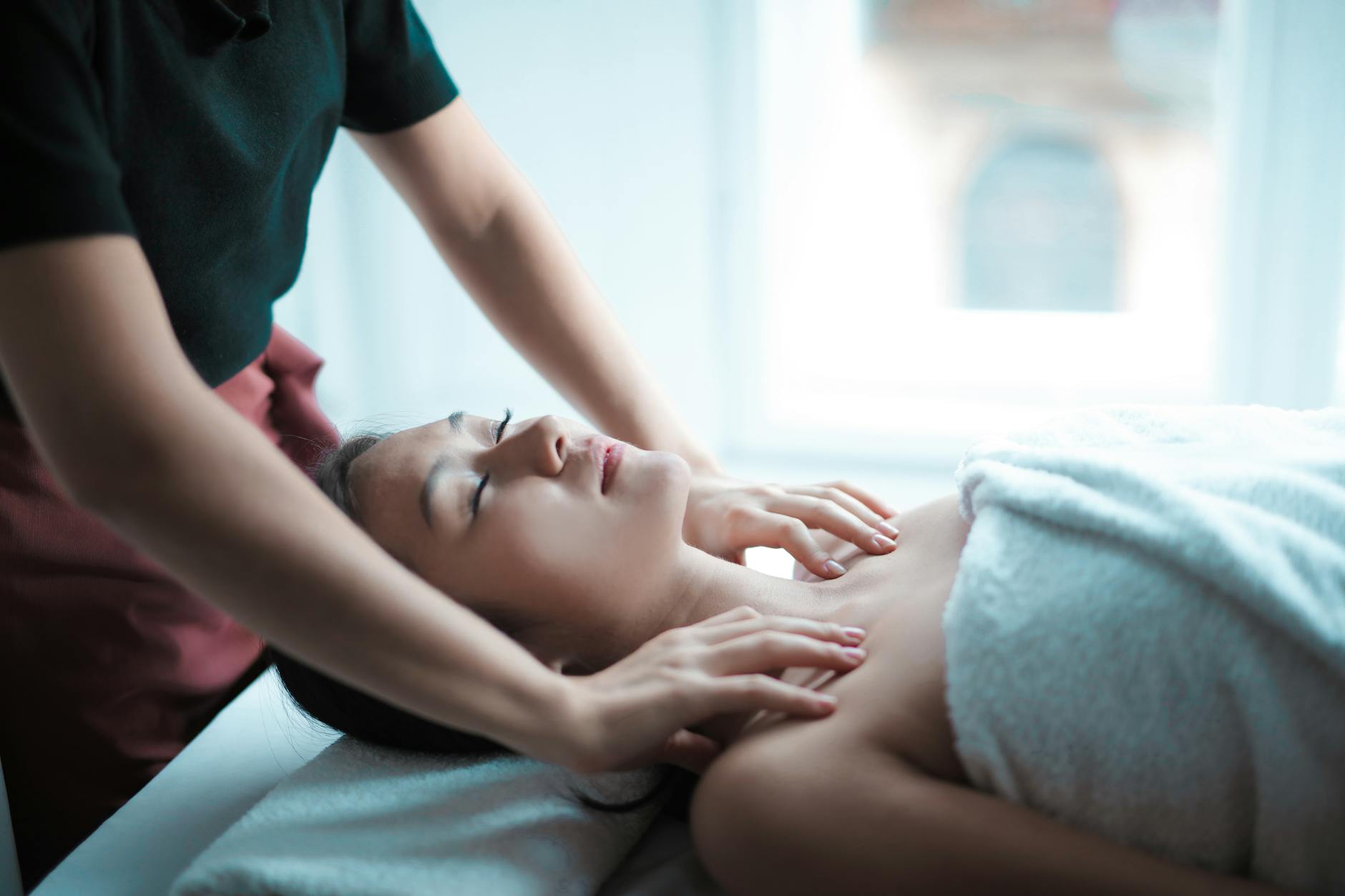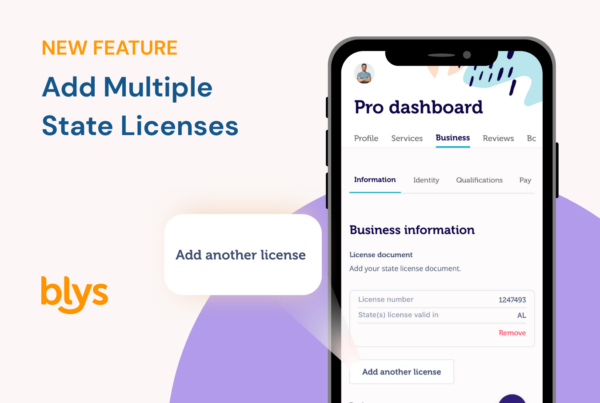
For sole traders, the end of the financial year can be a stressful and confusing time. There are deadlines to keep track of, expenses and receipts to collate, and one long form that covers a lot of really obscure stuff.
But don’t worry – we’ve got you covered. In this guide, we’ll talk you through:
- Claiming business expenses as a mobile massage or beauty therapist
- How to make tax-effective super contributions
- Key tax dates to be aware of
- How our accounting service partner Hnry simplifies all of this
Claiming business expenses
No matter what your income or level of business expenditure, there’s a real benefit to raising as many business expenses as you can before the end of the financial year.
How business deductions work
There’s a common misconception among sole traders that claiming a business deduction entitles you to reimbursement from the ATO for the value of the deduction.
Unfortunately, it doesn’t work that way.
But raising business expenses is crucial for reducing your overall tax bill at the end of the year. There’s a double benefit whenever you raise a business expense:
- First, your taxable income is lowered by the value of the expense.
- Second, your overall tax rate is reduced (ever so slightly)
For example:
Let’s say you earned $50,000 over the course of a financial year. If you had absolutely no business expenses, your income tax rate would be roughly 13%.
But if you had spent around $10,000 on business expenses throughout the year, then your business’s profit (after expenses) would be $40,000 – this is your “taxable income.”
The income tax rate on $40,000 annual income is around 10%, which is 3% lower than your original 13% tax rate.
In this example, the business deductions had two effects: the first was to reduce your taxable income by $10,000; the second was to lower your tax rate by about 3%. And the impact to your bottom line is significant: before claiming the expenses your total tax owing was about $6,700; after claiming the expenses it dropped to $4,100!
You can play around with our accounting service partner, Hnry’s tax rate calculator to see how much of an impact claiming expenses can have on your tax rate.
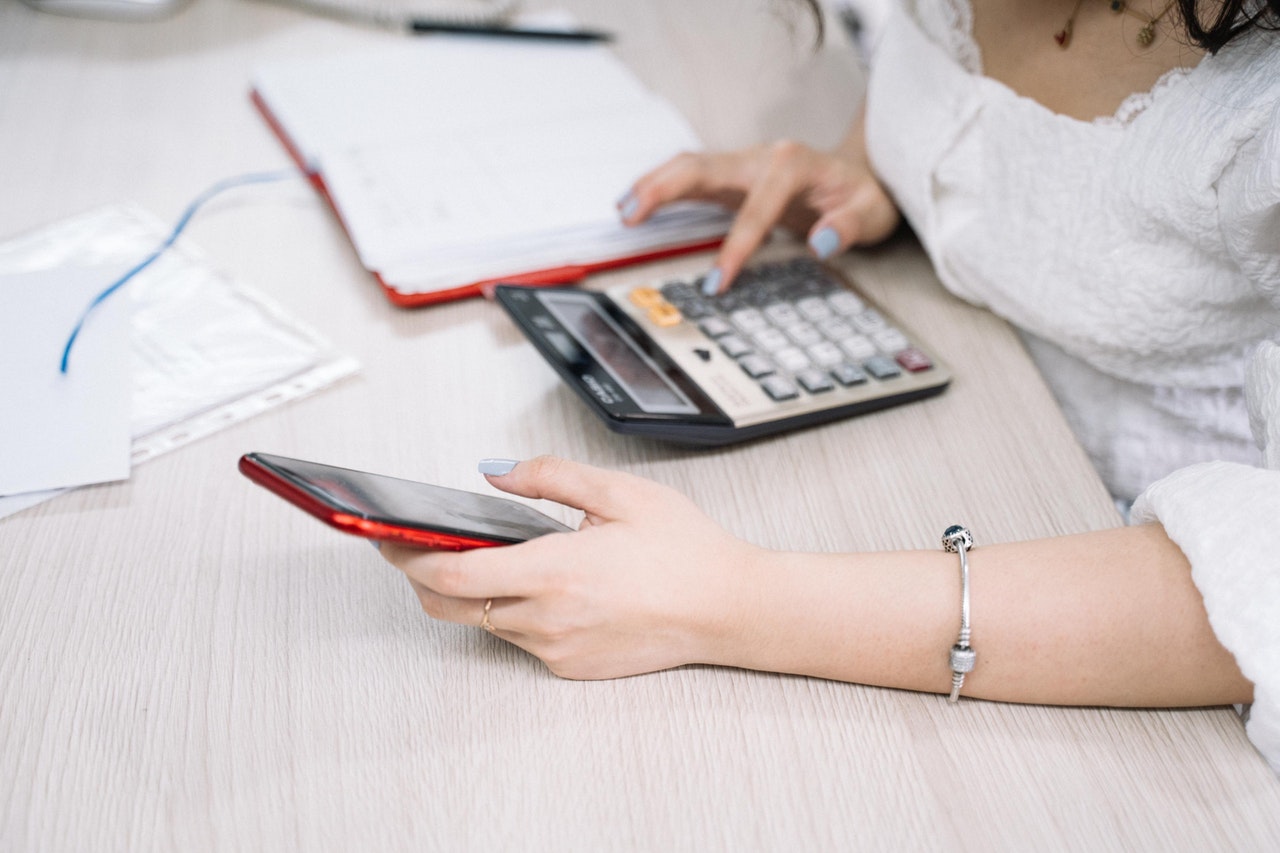
Knowing what you can and can’t claim
A lot of confusion from sole traders comes from knowing what they can and can’t claim as a business deduction.
Here’s a helpful list of some of the more commons things you can claim as a sole trader:
- Clothing: some types of clothing are deductible – but only when they are solely used for work purposes. This includes:
- Protective clothing – things like gloves, scrubs, masks, etc.
- Compulsory uniforms – these must either be distinctive to your particular organisation or identify the products or services provided by your employer.
- Occupation-specific clothing – these are clothes that distinctly identify you as a person associated with a particular occupation.Any other items of clothing that are not specific to these categories or don’t include a company logo cannot be claimed as an expenses.
- Equipment purchases: equipment used for work purposes, such as massage tables, beauty products and equipment, laptop and mobile phones can often be claimed as a tax deduction. More expensive items may be eligible for accelerated depreciation (also called temporary full expensing) due to Government pandemic stimulus initiatives, but it’s worth speaking to your tax agent before jumping into that big purchase.
- Motor Vehicle Expenses: you can claim a tax deduction for motor vehicle expenses if you use your car travelling between clients. The ATO allows for two different ways to calculate your expense, either maintaining a logbook to work out your business use of your car, or using the cents per km method, up to 5,000kms.
- Laundry expenses: paying for laundering of towels used for your clients can also be deductible. You will need to hold on to the receipts for these, as well as your other expenses, to meet the ATO’s documentation requirements.
- Mobile phone bills: if you use your mobile phone exclusively for business purposes, then the deductions you can claim include the cost of the phone and the monthly service fees (prepaid or monthly plans). If the phone is mixed use (business and personal), then you can only claim the percentage that is used for business.
- Professional fees and subscriptions: there are several types of professional fees and subscriptions you can claim:
- an annual subscription to an association for practicing certificates, memberships, or accreditation,
- union fees,
- business-related software, magazines, or licensing fees.
- Professional insurance: if you have professional indemnity insurance for the protection of your clients, public liability insurance which covers your business in the event that an incident occurred, or if you have insurance for all of your business assets, then you can claim the insurance as an expense.
- Advertising: if you advertise your business in any way (including website, signs, digital advertising, printed brochures, or newspaper advertisements), then these costs can be claimed as a business deduction.
- Professional development: if you pay for any courses or training and development that maintains or increases the knowledge, capabilities or skills you need to earn your income in your current occupation, then — you guessed it — you can claim it as a business expense.

Making effective superannuation contributions
Unlike a salaried/PAYG employee, sole traders are (usually) on their own when it comes to saving for retirement—which leads many self-employed contractors and freelancers to kick their retirement planning down the road.
But by making voluntary contributions to your superannuation fund, you can maximise available government benefits and gain more in the long run. Here are two ways to make the most of your contributions:
Superannuation concessional contributions
There is a tax benefit in contributing to super under the concessional contribution scheme. Your super contributions come out before tax and are taxed separately at just 15% up to a limit of $27.5k a year, which means the concessional contribution is a great way to lower your tax rate.
For example, if you earn $80k per year, your top rate of tax is 32.5%. If you make a concessional contribution of $10k to your superannuation fund, then that $10k gets deducted from your income before tax. The $10k super contribution would then get taxed in your super fund at just 15% rather than 32.5%, thus reducing your total annual tax bill by $1,750!
It’s worth noting that you can add up to another $110k (on top of the $27.5k concessional limit) towards superannuation, but you can’t claim a deduction for this and it comes out of your post-tax income.
Contributing to your super is an important way of saving for your long-term future and the tax deduction is a nice sweetener to incentivise good behaviours.
Superannuation co-contributions
The Australian government also has an initiative called the Super co-contribution scheme, to help low-and middle-income earners increase their superannuation contributions. The government will match a certain amount of contributions you make into your superannuation up to a maximum of $500. Put simply, if you meet the eligibility criteria and put $1,000 into your superannuation scheme, the government will give you $500 for free.
This government contribution gets paid directly into your super scheme after you have lodged your tax return. Remember though, if you make personal contributions and claim an income tax deduction for the contribution, you won’t be eligible for the co-contribution scheme.
The amount of super the government is willing to contribute depends on two factors:
- Your income, and
- How much you personally contribute to super
The table below is a guide to how much the government will contribute to your super given each of those factors.
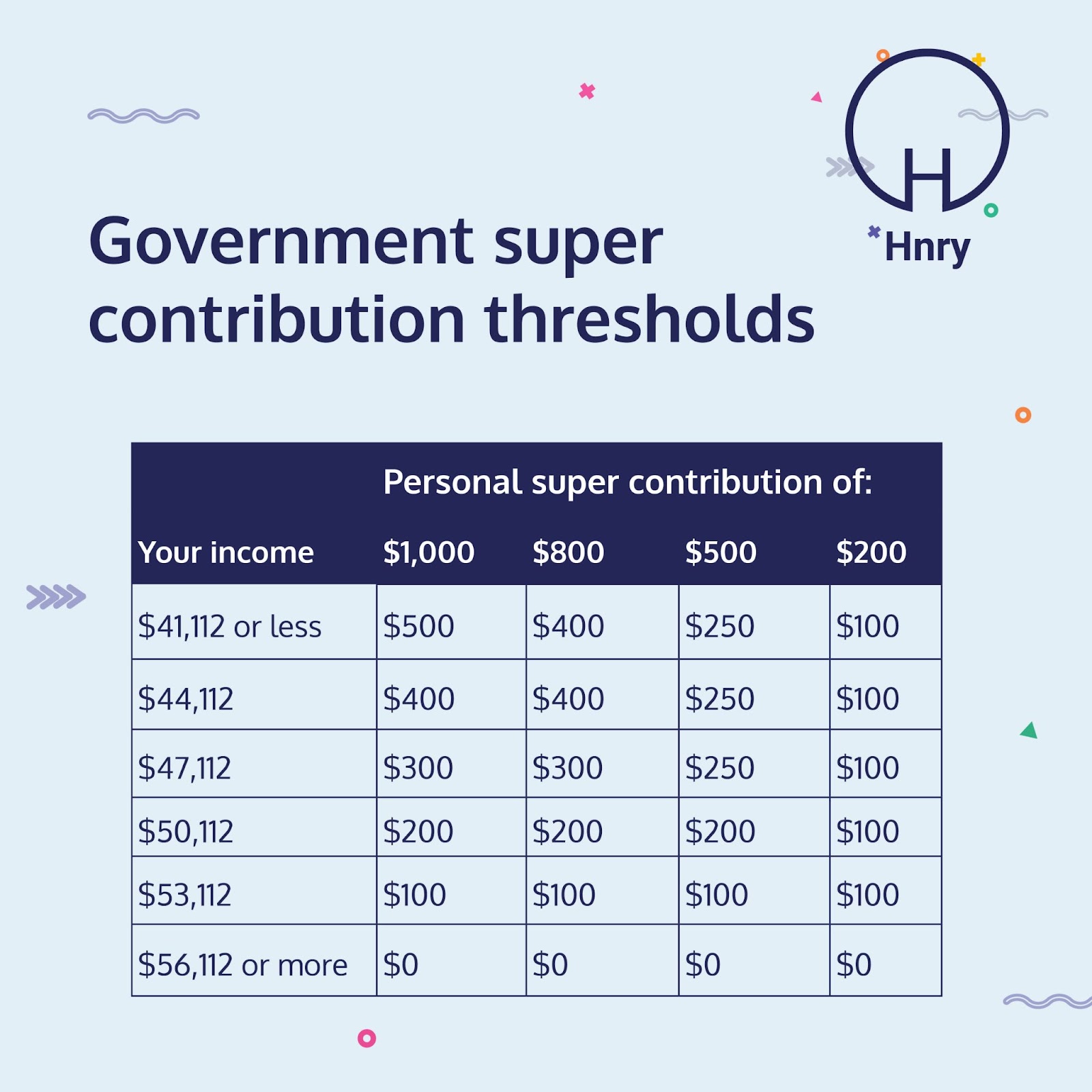
Key Dates to Remember
Perhaps the most important thing to remember is that your tax obligations aren’t over at the end of June. There are a handful of dates throughout the year, all of which are crucial to ensure you’re up-to-date and compliant with your taxes and obligations.
So what are some of the big tax dates you need to remember?
1st of July. This is the biggie: the start of the new financial year. From this date, you can begin applying for your tax refunds for the prior financial year.
31st of October. If you don’t have an extension or a tax agent, you’ll have until the end of October to lodge your tax return and pay the amount owing if needed.
15th of May (of the following year). If you do have a tax agent or accountant, you may be eligible for an extension to 15th of May the following financial year to submit your completed tax return. Note: once your tax return is lodged you might have money owing. Don’t delay paying this off! Conversely, if you are owed a refund, any delay in filing your return is money you are missing out on. This date is also different if you have had years where you have failed to lodge a tax return.
28 October, 28 February, 28 April and 28 July. As a sole trader you may need to complete a quarterly Business Activity Statement (BAS) or Instalment Activity Statement (IAS) as well. If you do, these are the lodgement and payment dates for your quarterly BAS.
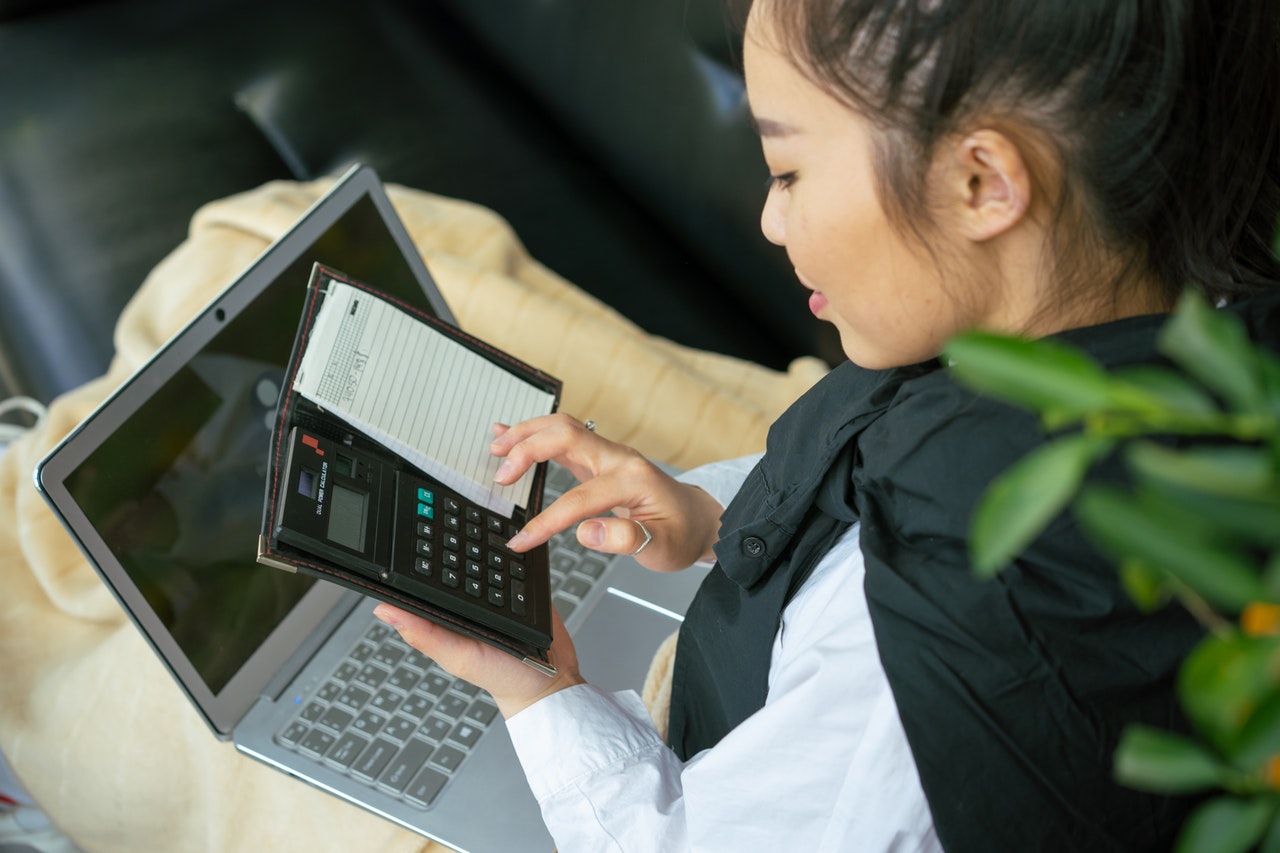
How Using Hnry Simplifies Lodging Taxes
If this is all sounding confusing, our accounting service partner, Hnry can help you out.
Hnry automatically calculates, deducts, and pays all of your taxes whenever you get paid. Income tax, GST, Medicare levies, and Student Loan repayments — it’s all sorted as you go so you don’t have to worry about owing tax at the end of the year. They act as your accountant and will review your expenses and lodge your tax returns whenever they’re due.
As a member of the Blys community, you can sign up to Hnry and use the promo code BLYS to get your first $2,500 in payments processed for free. Find out more by visiting the Hnry website!
If you have more questions about tax time as a mobile massage, beauty or wellness provider, watch the tax information session Blys hosted with Hnry:
Ready for the end of financial year?
Take a look at our partner Hnry for easy finance
While Blys strives to present information as timely and accurately as possible, we are not providing official legal advice and encourage readers to seek professional legal advice from a credited tax accountant. The information outlined in this blog has been supplied by Hnry.

